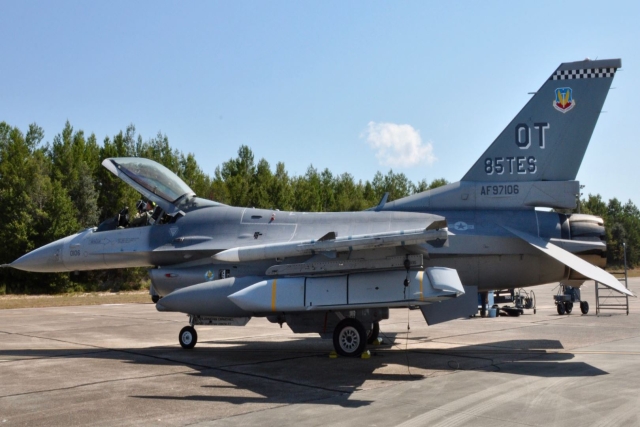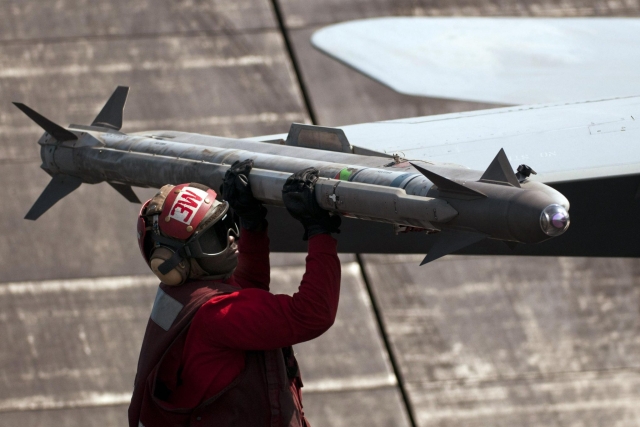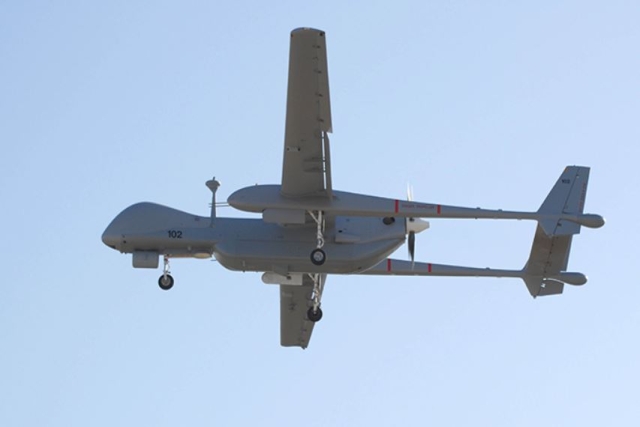Middle Eastern Countries Plan CH-47 Chinook Purchase
Libya, Saudi Arabia, and Qatar plans to purchase CH-47 Chinook helicopter in coming years, Boeing officials were quoted by Defense News.
If deals being negotiated between Boeing and these three countries would eventually be finalized, projections are that at least 54 Chinooks would be shipped overseas, making up a good portion of the 168 Chinooks that foreign clients around the globe are considering buying in coming years.
With 830 Chinook H-47 variants that are currently flying around the world, Boeing executives are working with foreign clients and the U.S. government to sell another 168 to new and existing clients if all goes as planned.
In addition to the six CH-47D models and 16 CH-47F models that Libyan officials are working on buying, Saudi Arabia has expressed interest in fielding one of the world’s largest CH-47F fleets, with at least 24 helicopters being considered.
Mark Ballew, director of business development for Boeing’s Chinook program, was quoted by Defense News saying that the company is preparing to do a flight demonstration in Saudi Arabia, and that Qatar is interested in buying eight of the CH-47F models similar to what the company produced for Canada, which feature larger external fuel tanks and an upgraded electrical system.
Morocco, which has already purchased three CH-47D models, also is talking about buying three more, and Egypt, which currently flies 18 “D”s, has enquired about buying six more from the US Army as it retires them in the switch to the upgraded “F” aircraft.
Boeing is also involved in the competition for India’s heavy lift requirement, which would mean 15 more CH-47F aircraft if it wins.
Boeing’s $4 billion, five-year deal with the U.S. Army for 214 more CH-47 “F” models will end in 2019, adding on to the 241 CH-47F helicopters that the Army already has in its fleet, eventually bringing the service close to its goal of 464 “F” models.
The foreign deals — especially with countries in the Middle East — aren’t just helicopter contracts, however. Countries in the region have generally neglected establishing their own maintenance and logistics programs, which would mean years of repair work for the contractor.










